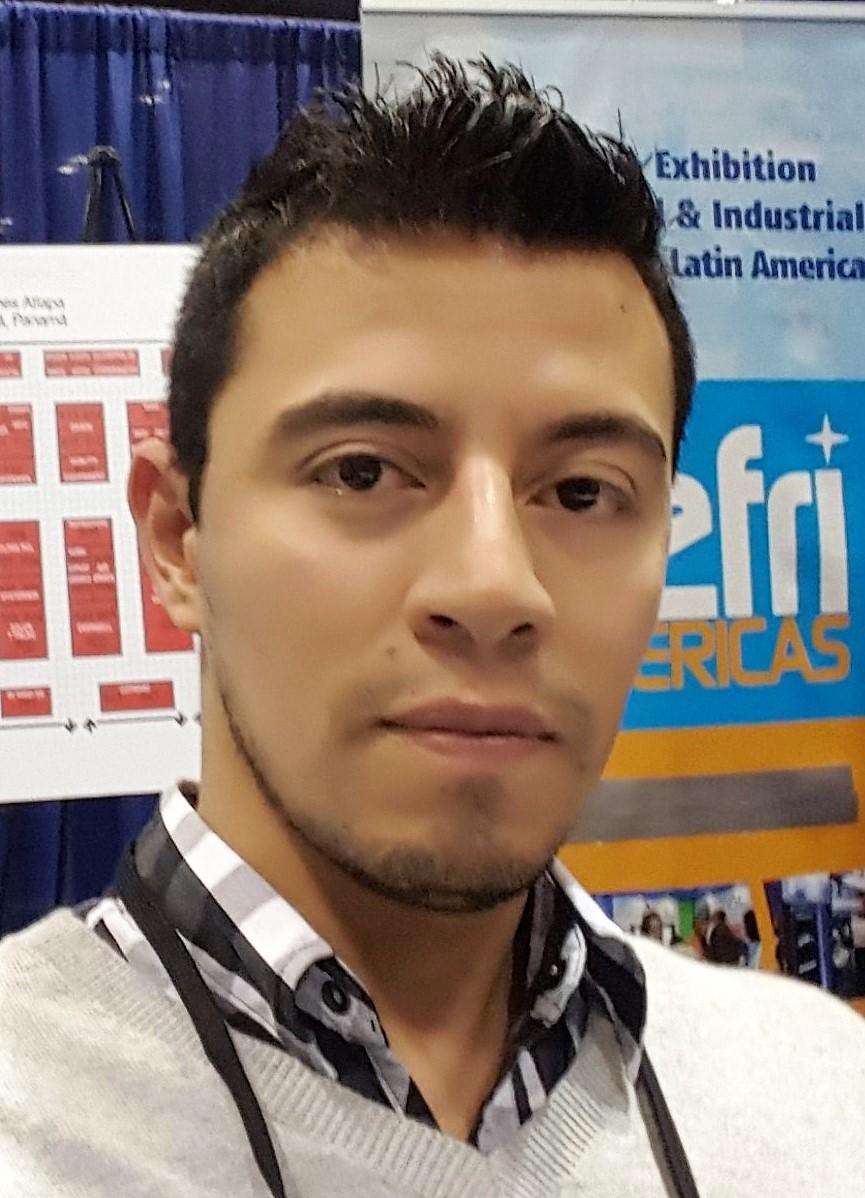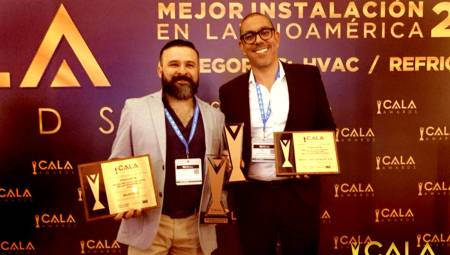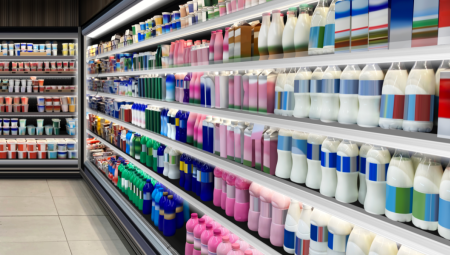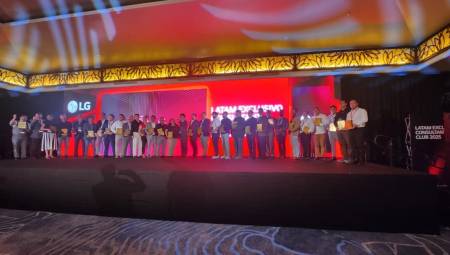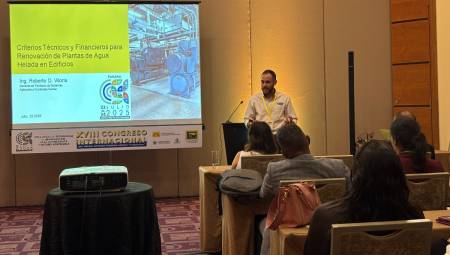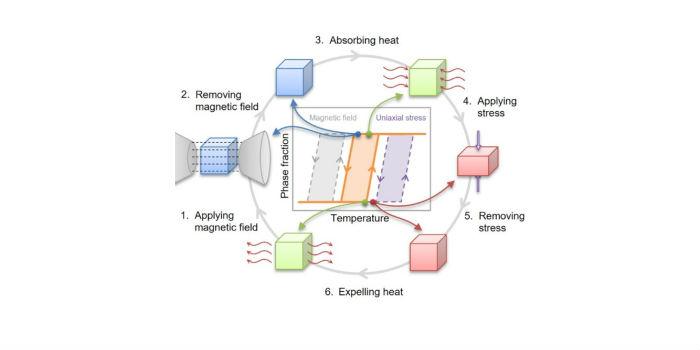 Spain. A group of researchers from the University of Barcelona have developed a six-step cooling cycle based on the "magnetic memory" of certain alloys.
Spain. A group of researchers from the University of Barcelona have developed a six-step cooling cycle based on the "magnetic memory" of certain alloys.
"Certain types of alloys, when subjected to a magnetic field, are magnetized – even when the aforementioned field is extracted – and also, in this process, the material is cooled," explains Lluís Mañosa, researcher of the project. "What we have discovered in this work," he explains, "is that by applying an external pressure we can reverse the effect of magnetization and return the system to its original state. This step is necessary to establish a closed cycle."
The cooling cycle developed by the researchers consists of six steps. In the first, the magnetic field is applied and the material is cooled; in the next, the field is extracted so that the material is kept magnetized thanks to hysteresis. In the third step, mechanical pressure is applied to the material, which allows to modify its crystal structure and return it to its non-magnetic state while the material is heated. The cooling effect takes place in the fourth step, when the material absorbs heat from the environment. Then, fifth step, the pressure is removed and the material remains in this new state in which it has already been demagnetized. Finally, the alloy delivers heat to the environment and thus closes the cycle (see image).
For this research, experts have used a magnetocaloric alloy of nickel, manganese and indium (Ni-Mn-In) that allows working at room temperature. In addition, the materials that make up the alloy are easily accessible, unlike those used today.
For technological reasons, the magnetic cooling cycle needs to use permanent magnets. These magnets are based on rare earths, extremely expensive minerals that are also obtained through very polluting processes.
"Thanks to this new step that we have included in the cooling cycle, the size of the magnets that are required is considerably reduced, thus making it more competitive. Currently, for each part of refrigerant materials, four times the amount of magnet is required. The new cycle is more competitive, since it only requires half of the magnet," says Antoni Planes. "Another important point," continues the researcher, "is that this new cycle takes advantage of the phenomenon of hysteresis, which usually involves a loss of energy."
Currently, there is some consensus around the idea that this type of magnetocaloric materials can become more efficient than current systems, and that devices based on these materials could replace those of those devices that do not require large drops in temperature, between 15 and 20 ºC, such as domestic air conditioners.
Source: Universitat de Barcelona.


